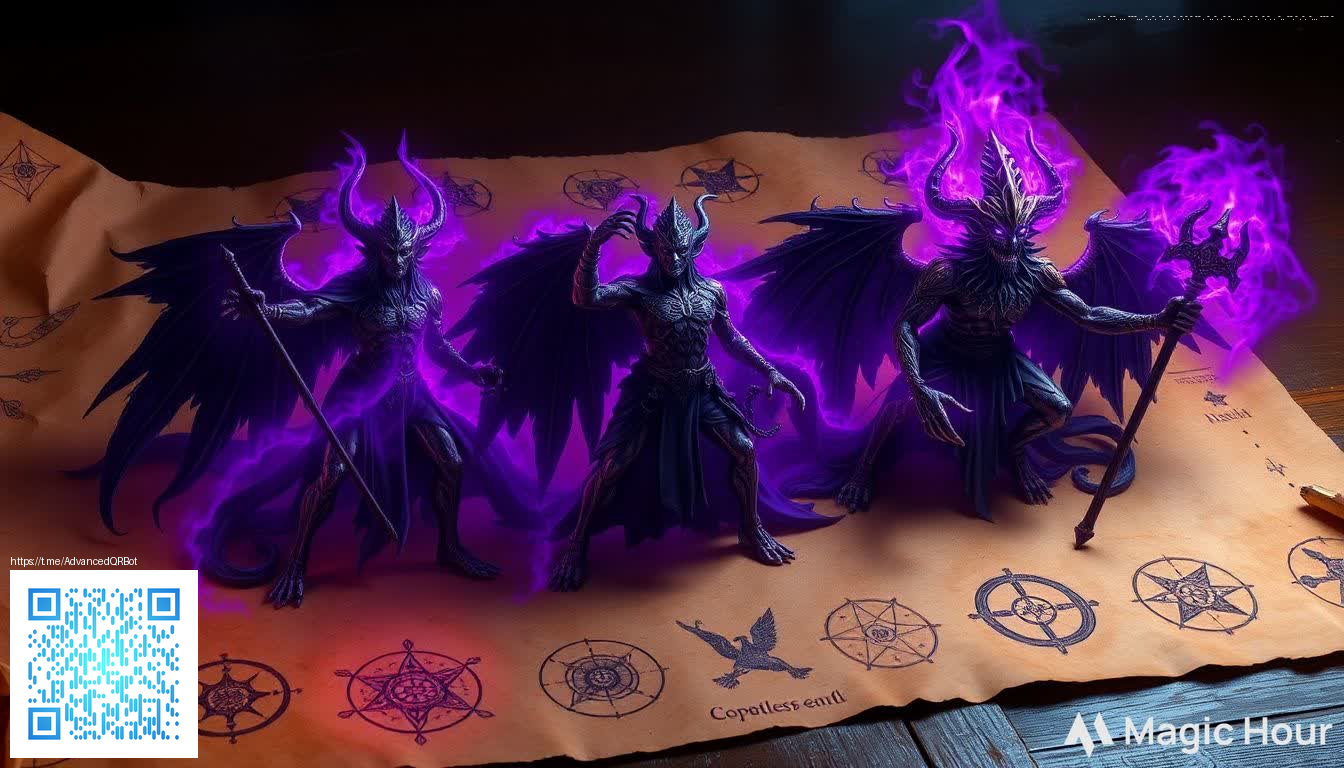
Noise and Imperfection as Design Assets
Texture is more than decoration; it’s a tactile language that communicates material history, usage, and personality. When designers embrace noise and imperfection, surfaces come alive with depth, warmth, and a sense of lived experience. The human eye responds to variance the way a musician responds to a dynamic note sequence—each irregularity adds nuance, interest, and a story worth touching.
What makes imperfection feel intentional
There are several mechanisms by which imperfection becomes a feature rather than a flaw:
- Variation as voice: Repeated, rigid patterns can feel sterile. Subtle deviations give surfaces a material voice that invites closer inspection.
- Micro-texture for grip and comfort: Gentle noise in a texture enhances tactile feedback and can reduce fatigue during long use.
- Aging cues that don’t shout: Soft scuffs or grain variation communicate durability and care without signaling neglect.
- Color depth through irregularity: Uneven saturation can create warmth and richness often missing in flat tones.
Texture is the conversation between user, tool, and material — a conversation that rewards touch, time, and attention.
In practice, designers balance the obvious with the subtle. The goal isn’t chaos but curated irregularity: enough noise to feel organic, and enough control to preserve usability. Consider how surface texture influences a workspace accessory’s comfort and usability. A surface that’s too uniform may feel clinical; a touch of imperfection can help the material communicate its purpose more clearly and invite interaction.
When shaping texture for both physical products and digital interfaces, think in layers. The base layer provides structure; the mid-layer injects organic variance; the top layer guides perception with deliberate imperfections. This approach helps surfaces age gracefully, maintain grip, and retain character over time.
For readers exploring concrete examples, a well-designed ergonomic wrist-rest product offers a clear illustration. A surface that balances softness with supportive geometry demonstrates how micro-texture contributes to long-term comfort. You can learn more about this product on its product page: Ergonomic Memory Foam Wrist Rest Mouse Pad (foot-shaped).
In digital design, noise can be simulated through texture maps, bumpy normals, or procedural gradients that mimic the imperfect beauty of the natural world. The result is interfaces that feel more approachable and human. It’s a reminder that perfection is often the exception, while texture—its quirks and irregularities—becomes the rule that makes experiences memorable.
Keys to applying texture design in your work
- Start with intent: Define the story your texture should tell and the user actions it should support.
- Embrace constraints: Imperfections often emerge most clearly when you work within defined limits, whether material properties or manufacturing tolerances.
- Test with touch: If the product is tactile, gather real feedback from hands-on testing; if it’s digital, simulate micro-interactions and haptics where possible.
Ultimately, the philosophy remains consistent: noise and imperfection are not accidents but essential cues that help people connect with materials, products, and interfaces on a deeper level.